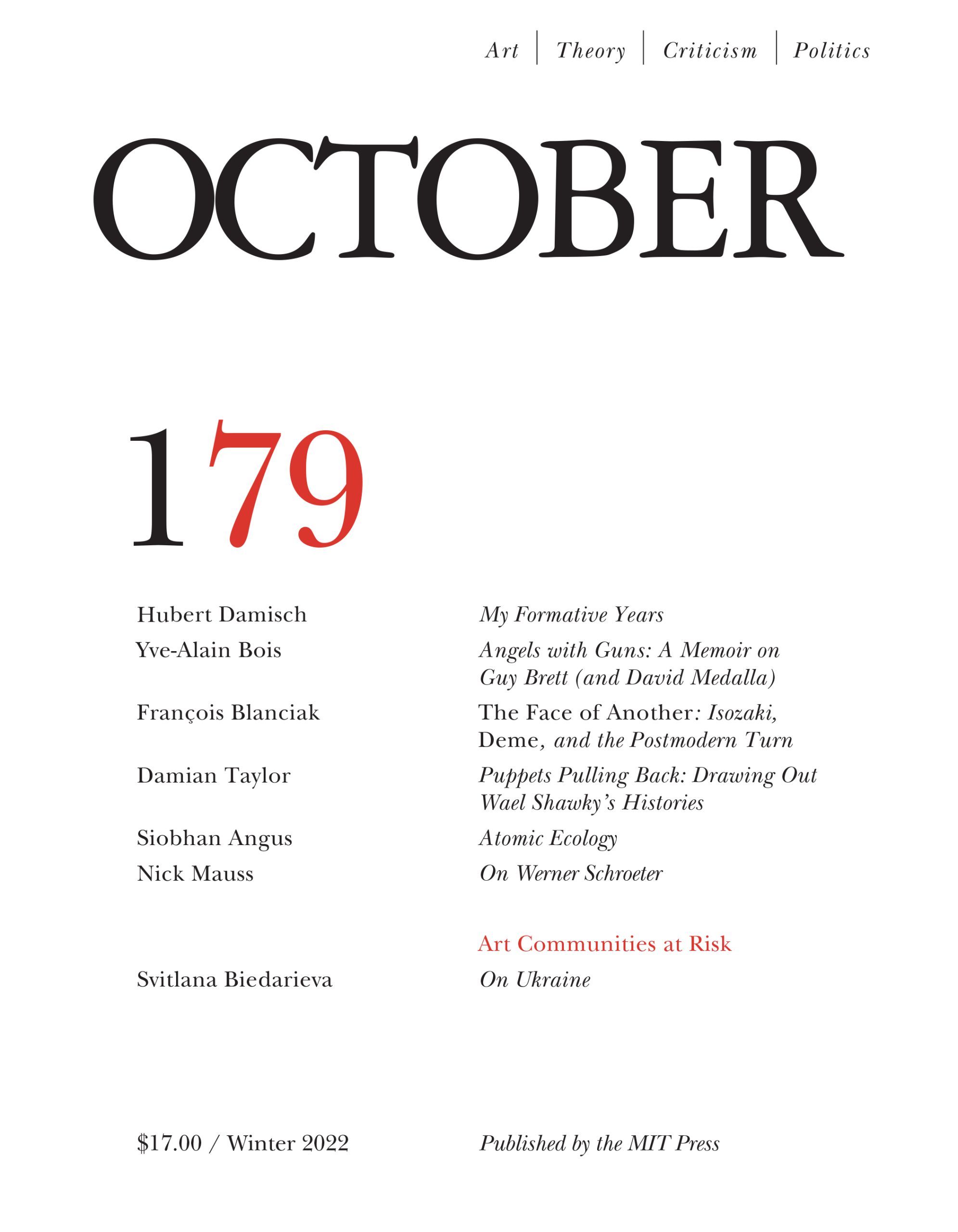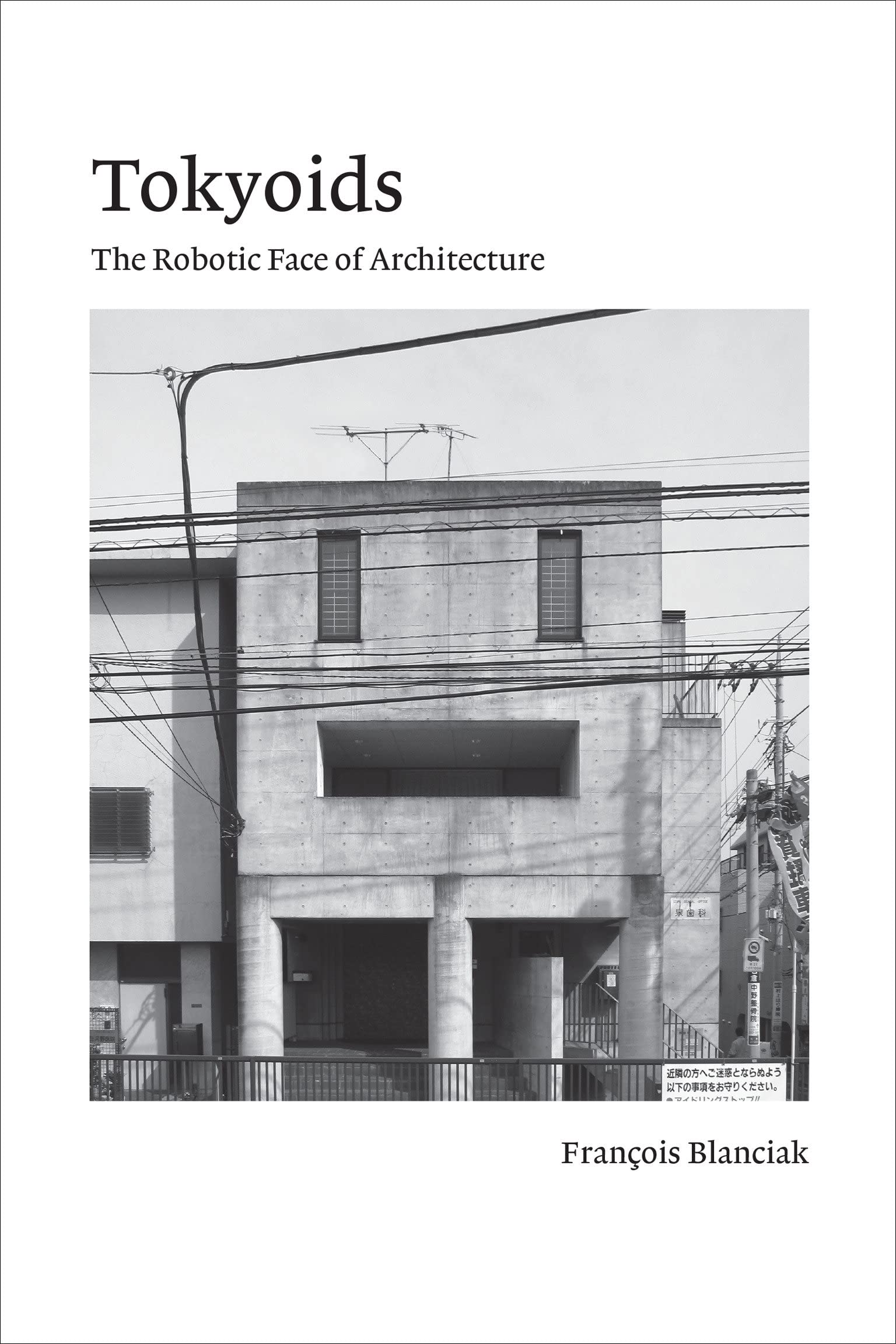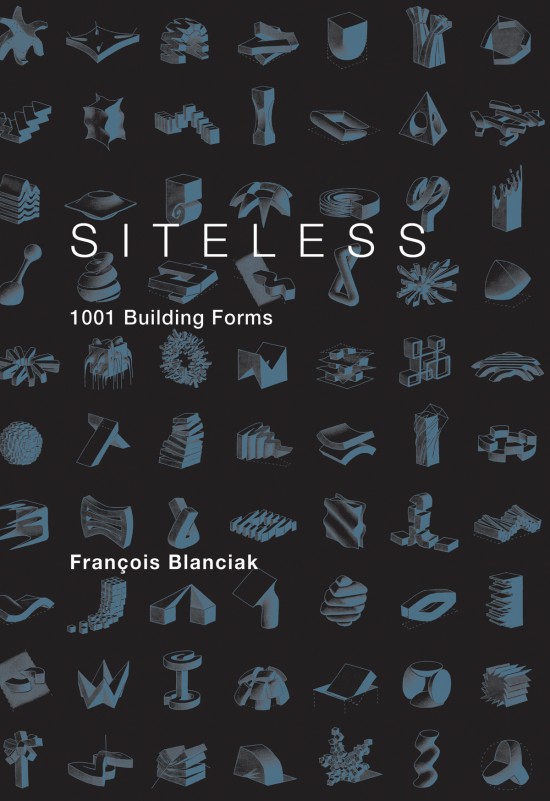François BLANCIAK (Dr)
Associate Professor (Educator Track)
François Blanciak is a French architect and Associate Professor in the Department of Architecture at the National University of Singapore. His research in the field of architectural history focuses on interwar and post-war modernism, with a particular emphasis on cultural exchanges between Europe and Asia.
Seeking to highlight how modern architectural canons have been shaped by non-Western forces, his writings have appeared in New Geographies, October, Architectural Research Quarterly, and Volume, among other journals. Blanciak is the author of Siteless: 1001 Building Forms (MIT Press, 2008), a book that draws a parallel between the structure of the Japanese language and building morphology as an attempt to resolve instrumental conflicts in architectural research. His second book, Tokyoids: The Robotic Face of Architecture (MIT Press, 2022), investigates the robotic aesthetics of Japanese architecture, and demonstrates how the image of the robot originated in architectural theory, long before the birth of robotics as a modern science.
Blanciak previously taught at Sungkyunkwan University and the University of Sydney. He holds a DPLG Architect degree from École Nationale Supérieure d'Architecture de Grenoble, as well as a master’s and a PhD in architecture from the University of Tokyo.

Focusing on the early work and collaborations of the Japanese architect Arata Isozaki, this paper researches links between the robotic culture of postwar Japan and the surge of figuration in postmodernism, challenging the commonly held view that this architectural movement emerged in the West.


